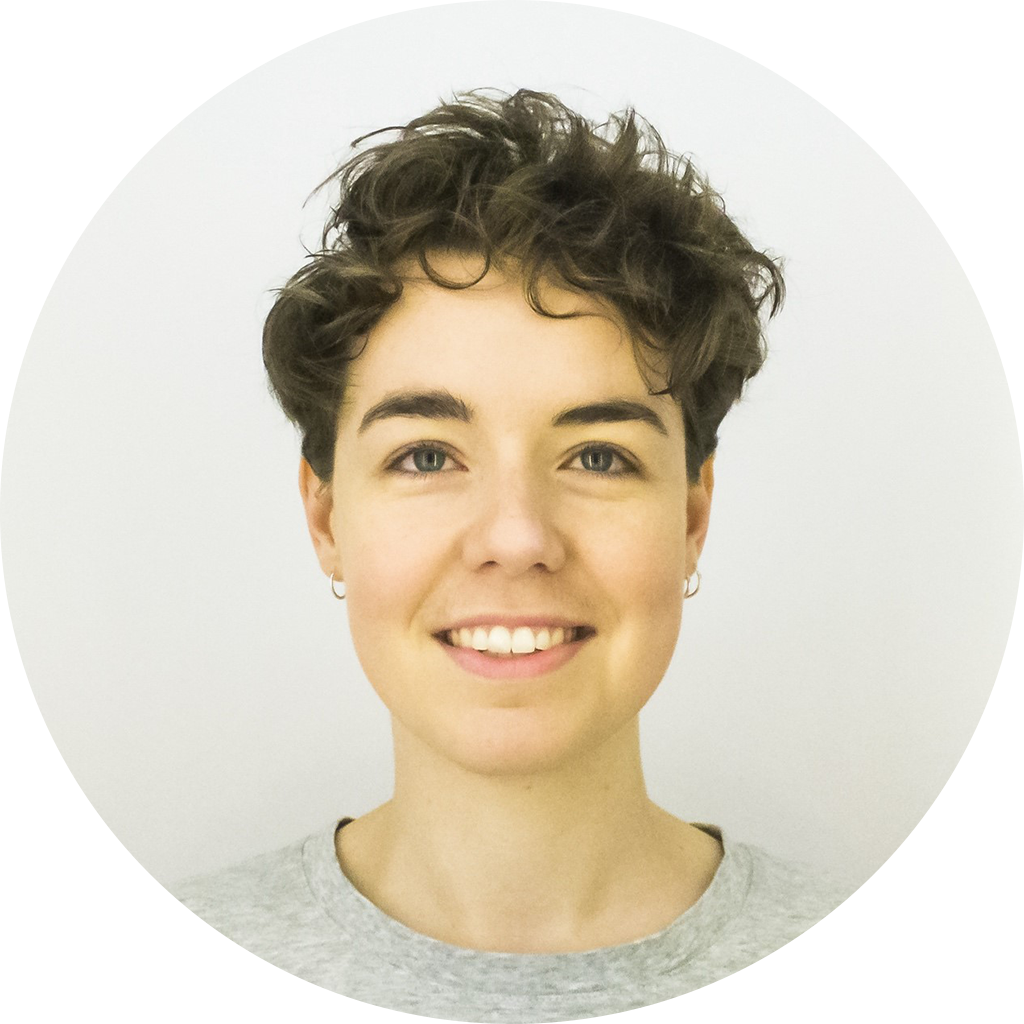Towards more just futures /
Mot rättvisare
framtider
In this presentation, feminist design researcher Anja Neidhardt-Mokoena shares insights from her PhD research project that, among other contributions, proposes characteristics of alternative design museums that she introduces as transforming design museums. The presentation will be followed by a discussion in which the audience is invited to make connections to their own concerns related to libraries.
Where do we look for ways of dealing with today’s many crises? Where do we go for advice and inspiration? Where do we go to find community? Where do we go to consult histories, envision futures and nurture hope?
Many crises are demanding our immediate reaction: climate crisis, housing crisis, public health crisis, global food supply crisis, crisis of femicides, childcare crisis, right-wing populism crisis, – the list goes on. These crises emerge from underlying urgencies of which many are systemic and can be traced back to what bell hooks names white supremacist imperialist capitalist patriarchy.
At the same time, there are hopeful developments: movements that are not only resisting and struggling against discriminatory systems, but also in dismantling, transforming and overcoming parts of them: The Black Lives Matter movement has become influential, feminist movements are regaining strength, there are trans, Indigenous and disability rights movements, and in many places workers unions are having a come-back.
Many of today’s movements see that previous generations of activists have dealt with the same, or very similar, urgencies. Therefore, they look for re-connecting with those generations, not at least with the support of libraries and protest archives. They want to learn from previous struggles, but also explore the past for alternative futures that never came into being. In the design field too, there are activist movements that draw attention to the fact that major parts of design are still implicated with discriminatory systems.
All of us encounter design on a daily basis: Be it the design of spaces, furniture, objects, graphics, digital interactions and much. At best, design supports us, at worst it hinders or even harms us. Our experience often depends on our gender and sexuality, whether we are able-bodied or not, our skin colour, our class, and many more aspects. While activists in the design field also aim to re-connect with the past in order to explore how design can be re-imagined, they are missing spaces that would support such endeavours. Already existing spaces that come closest to serving this kind of role are design museums.
Design museums are mainly public spaces that hold much power and infrastructural resources: They not only represent design to design students, designers, and the wider public. Design museums also have the potential to support discussions on complex issues without the pressure to immediately come up with solutions. However, they are not yet capable of contributing to redesigning design, since they often tend to preserve the problematic status quo rather than enabling change.
Föreläsningen hålls på engelska.

Anja Neidhardt-Mokoena
Anja Neidhardt-Mokoena, PhD candidate at Umeå Institute of Design and Graduate School for Gender Studies, Umeå University.
Foto: Privat